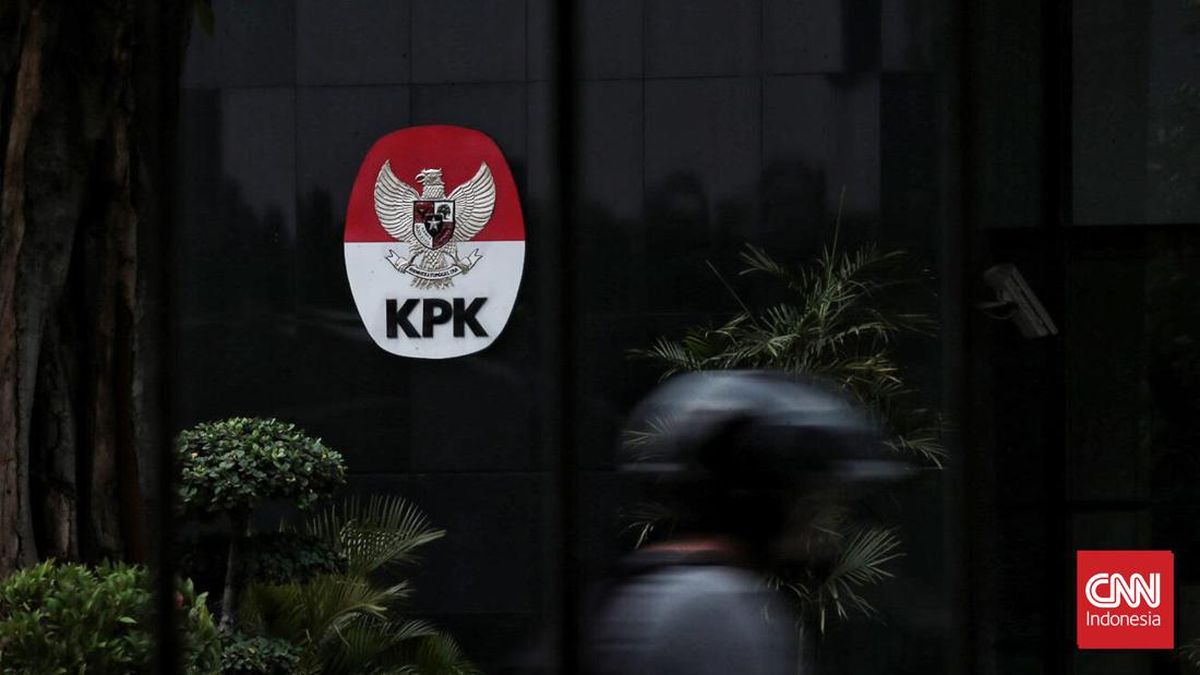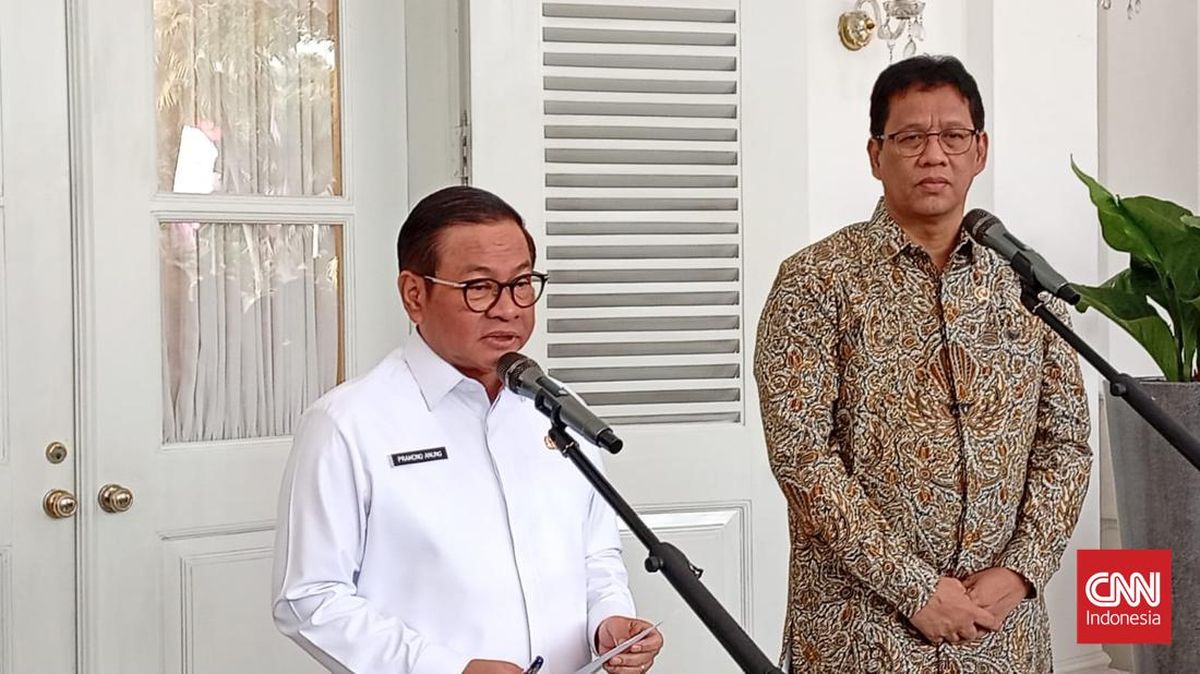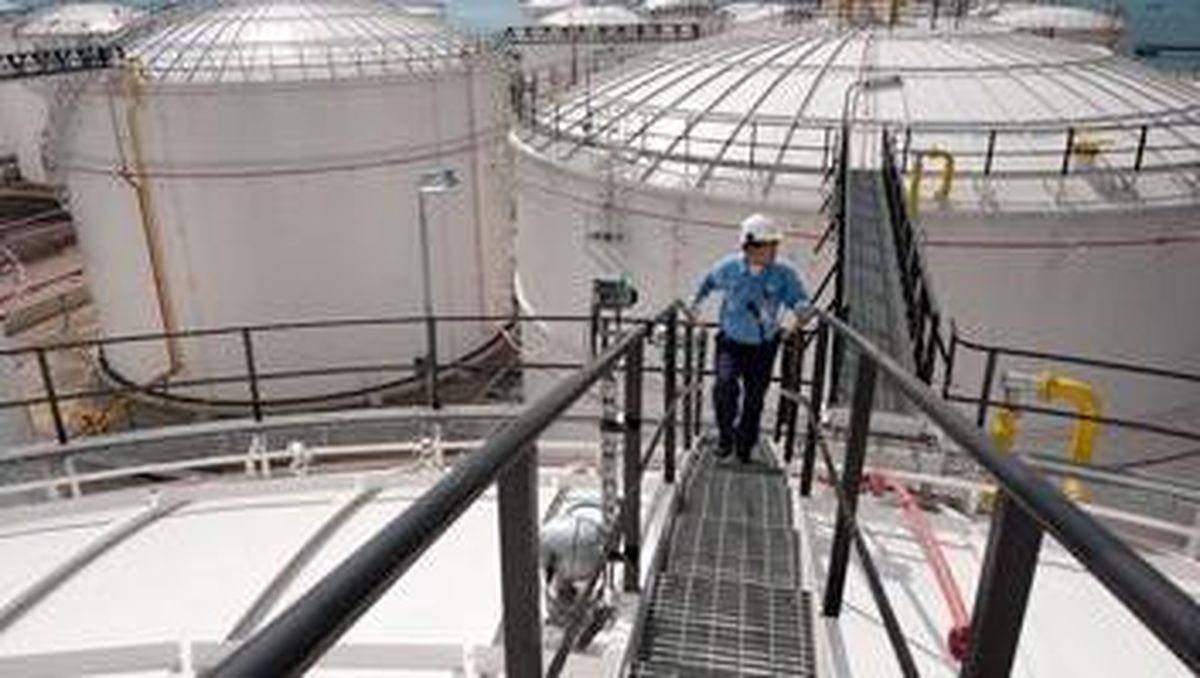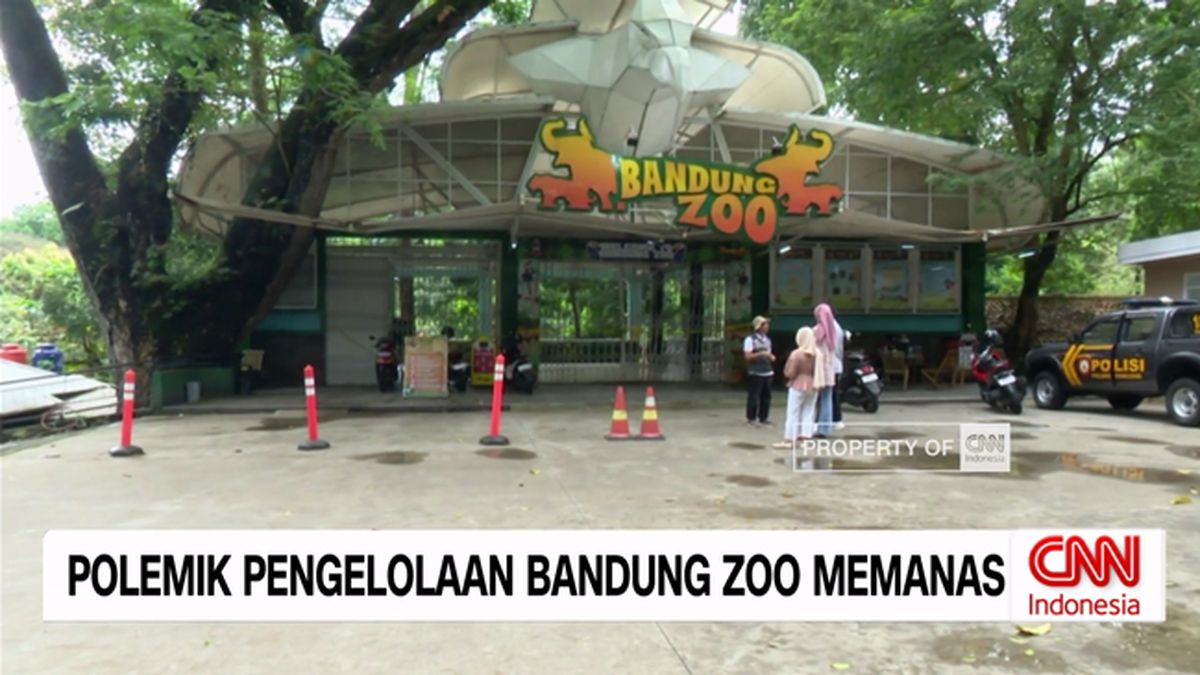A fight has erupted over the impact of renewable energy on farmland, with the Nationals warning new mapping reveals broadscale destruction after senior MPs said it was inevitable landholders who host renewables would be targeted by protests.
However, farmers argue renewable energy will only occupy a sliver of the nation’s agriculture land and provide valuable new sources of revenue, often hundreds of thousands of dollars a year to help “drought proof” agricultural production.

Sheep grazing among solar panels in Dubbo, where some farmers are reporting better wool quality from the solar sheep than from sheep feeding in traditional paddocks.Credit: Janie Barrett
Nationals leader David Littleproud and Queensland MP Colin Boyce issued warnings following the publication of a new mapping project by a conservation organisation that collates all the existing and proposed wind and solar projects across Australia.
“It’s frightening and this is where the renewable projects and the renewable industry has lost their social licence,” Littleproud told 2GB on Monday.
The Albanese government has set a goal to boost renewables to 82 per cent of electricity generation by 2030, with clean energy required to deliver around half the emissions cuts needed to reach Australia’s 2035 climate target.
“This is going to have an enormous impact on the geography of the wider Australian landscape, and I’m sure [people] in metropolitan Australia have got absolutely no idea of this because they don’t see it. It’s not in their backyard,” Boyce told this masthead.
According to the map by Rainforest Reserves Australia, the completed or proposed wind and solar power projects would require 31,000 wind turbines and 584 million solar panels, while solar projects alone would have a footprint of 443,755 hectares, or 4438 square kilometres.
This footprint is 0.12 per cent of the 3.6 million square kilometres of agricultural land in the country, as identified by the Australian Bureau of Statistics.
Loading
The footprint of renewables on the map is almost identical to the 4560 square kilometres of land that is used for mining.
Rural NSW MP Michael McCormack last week told this masthead that fervent opposition among some in his electorate to “wind and solar factories” made it inevitable there would be a backlash against farmers who accepted payments to host development.
However, the Farmers for Climate Action group said farmland was not being destroyed, arguing that wind and solar projects proponents typically enter into lucrative rental agreements with farmers who own the land. Those with wind farms now typically earn around $40,000 a year per turbine.
“Farmers grazing sheep under solar farms at Dubbo and Wellington are reporting better wool quality from the solar sheep than from sheep feeding in traditional paddocks. Those farmers think the grass quality is better under the panels because the grass receives more vital shade,” said Farmers for Climate Action chief executive Natalie Collard.
The Albanese government failed to deliver on its 2022 election pledge to strengthen environment laws. It revived this commitment in the May election and Environment Minister Murray Watt has said he would bring reforms to parliament by the end of this year – with the final two sitting weeks scheduled for November.
Watt has said he aims to deliver extra protections for nature, while also speeding the approvals process that developers say has been a drag on the renewables rollout. However, it is unclear if the Greens or the Opposition would support the reforms.
Rainforest Reserves Australia vice president Steve Nowakowski compiled the renewables map because he was frustrated by the lack of attention large conservation groups had given to impacts of the renewables rollout – particularly in Queensland where he said hilltop wind farms are a threat to remnant forest.
Nowakowski, a lifelong conservationist who said he had been arrested multiple times for protesting logging, said his map should serve as a warning to state and federal government to assess the overall impact of the renewables rollout.
“If we need to build all this infrastructure, can we just cherry-pick the best projects that have the least impact on culturally significant areas, high-value agriculture, high biodiverse areas?” Nowakowski said.
Loading
“We’ve got the opportunity to knock back the really bad ones.”
Conservation groups have warned about potential habitat destruction by renewables projects but acknowledged the need to cut emissions from coal power by rapidly expanding wind and solar energy.
Peak renewables lobby the Clean Energy Council said the Rainforest Reserves map contained multiple errors and urged community members seeking information on local projects to check the websites of project proponents instead.
“This map cites projects that have been withdrawn or don’t exist [and] exaggerates the size of projects,” said chief policy officer William Churchill.
Most Viewed in Politics
Loading


















































